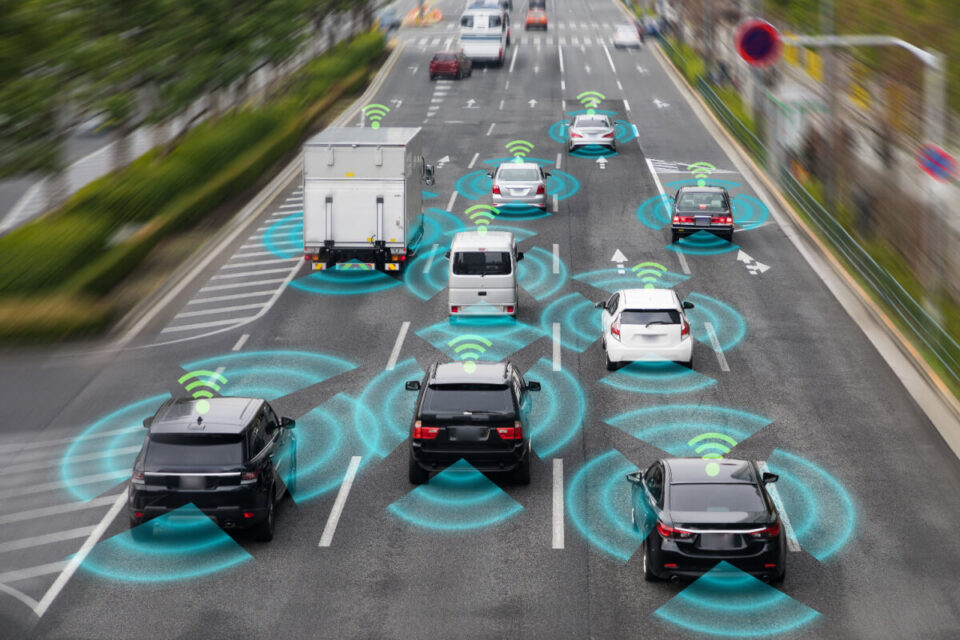In the evolving landscape of transportation, autonomous vehicles have emerged as a revolutionary force, promising increased safety and efficiency on the roads. However, with the rise of self-driving technology comes a new set of legal considerations for drivers and pedestrians involved in accidents with autonomous vehicles. This article will explore the complex intersection of your rights and the evolving world of self-driving cars.
Understanding Autonomous Vehicles and Their Impact
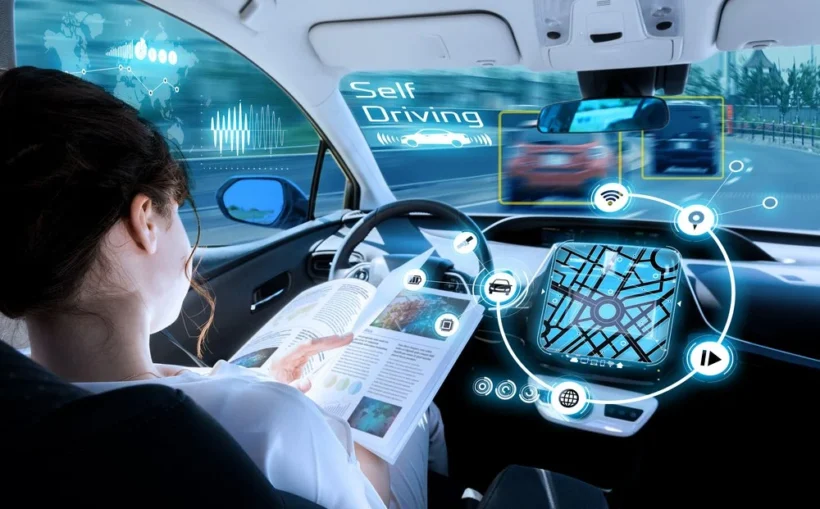
The advent of autonomous vehicles represents a seismic shift in the way we perceive and interact with transportation. These vehicles, equipped with sophisticated sensors, cameras, and artificial intelligence, aim to redefine the driving experience. As the technology matures, it brings about profound changes in the automotive industry, road infrastructure, and, notably, the legal landscape surrounding accidents involving autonomous vehicles.
Autonomous Technology Levels
Autonomous vehicles operate on a spectrum of autonomy, ranging from Level 0 – no automation – to 5 – full automation. Understanding these levels is crucial for comprehending the capabilities and limitations of autonomous systems. At Level 0, the vehicle requires full human control, while at Level 5, it can perform all driving tasks without any human intervention.
Human-Machine Interaction
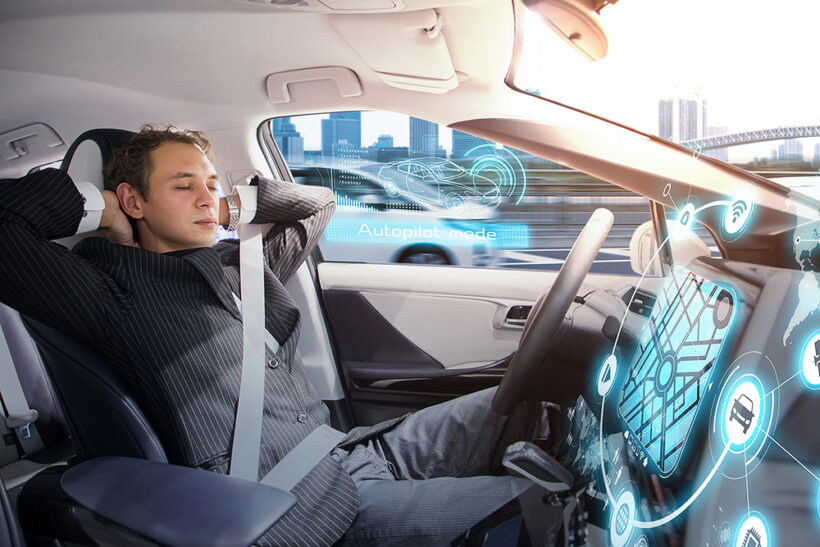
One of the critical aspects of autonomous vehicles is the interaction between humans and machines. It is imperative to understand how users interact with self-driving technology and how seamlessly they can transition between manual and autonomous modes. Human-machine interface design, alerts, and communication methods are pivotal in ensuring safe and effective use of autonomous features.
Challenges and Technological Evolution
Despite the promise of enhanced safety and efficiency, autonomous vehicles face challenges. These include navigating complex traffic scenarios, adverse weather conditions, and the need for real-time decision-making. Technological evolution continues to address these challenges, with manufacturers continuously refining algorithms, enhancing sensor capabilities, and conducting extensive testing to improve the reliability of autonomous systems.
Legal Implications of Autonomous Technology
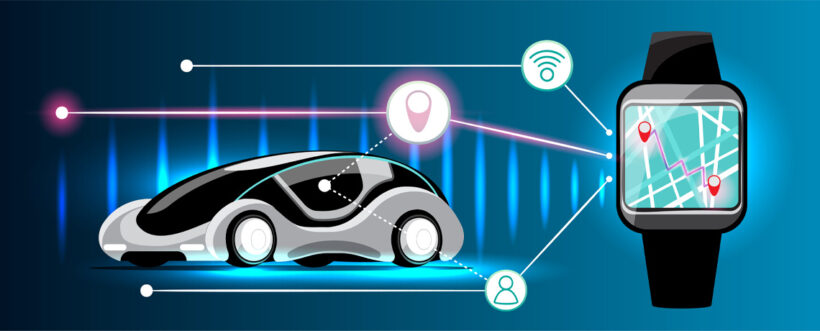
The introduction of autonomous technology into vehicles introduces a paradigm shift in liability and legal responsibility. As these vehicles operate with varying degrees of automation, the determination of responsibility in case of accidents becomes more complex. The legal system is gradually adapting to these changes, with legislators, policymakers, and legal professionals working to establish various frameworks that prod the challenges posed by autonomous vehicles.
Liability in Autonomous Vehicle Accidents
As autonomous vehicles become a reality on our roads, questions surrounding liability in the event of accidents take center stage. Traditional notions of driver responsibility undergo a transformation as self-driving technology introduces a new layer of complexity to the determination of fault.
Traditional Driver Liability
In the conventional realm of driving, liability is typically attributed to the human driver involved in an accident. This framework assumes that the driver has control over the vehicle and is responsible for operating it safely. However, as autonomous vehicles gain prevalence, this straightforward assignment of liability becomes more nuanced.
Determining Fault in Autonomous Accidents
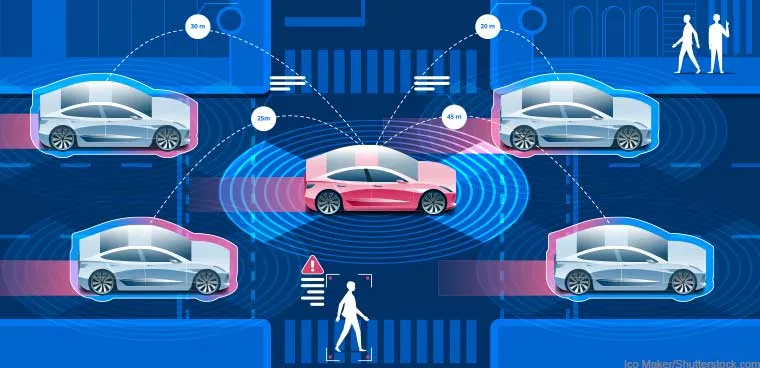
Accidents involving autonomous vehicles prompt a reevaluation of liability. The challenge arises when attempting to determine whether the fault lies with the human driver, the vehicle manufacturer, the software developer, or a combination of these entities. The degree of autonomy the vehicle was operating under at the time of the accident adds further layers of complexity.
Current Legal Framework
Many legal systems continue to assign liability to the human driver, even when the vehicle is in autonomous mode. This approach aligns with the traditional understanding of driver responsibility. However, as technology advances, legal frameworks are growing with time to account for the evolving issues posed by autonomous vehicles. Legislators and car accident legal experts are actively working to establish clear guidelines that reflect the realities of self-driving technology.
Manufacturer and Developer Liability
The shift toward autonomous vehicles introduces the concept of holding manufacturers and software developers accountable for accidents. If a defect in the vehicle’s hardware or software contributes to an accident, the manufacturer or developer may bear a portion of the liability. Establishing this liability requires a thorough investigation into the incident’s root cause.
Your Rights as a Driver or Pedestrian
If you find yourself involved in an accident with an autonomous vehicle, it’s crucial to understand your rights. Just like in traditional accidents, documenting the scene is essential. Take photos, gather witness statements, and obtain the vehicle’s information, including its autonomous technology specifications. Contact law enforcement to report the accident and seek medical attention if necessary.
The Role of Insurance
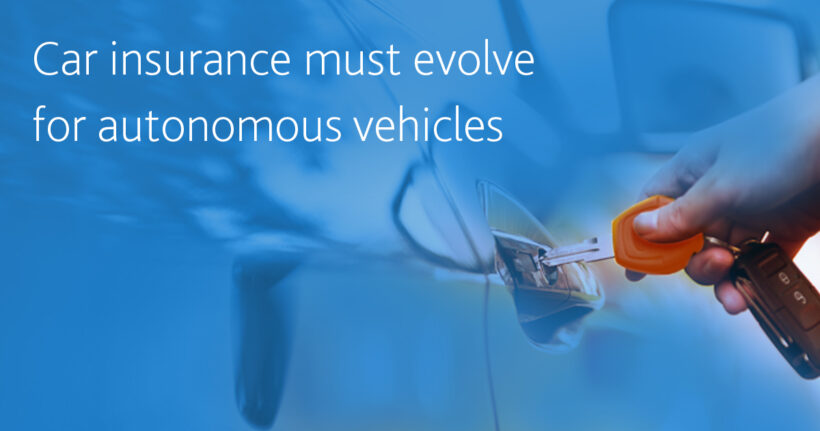
Insurance plays a pivotal role in accidents involving autonomous vehicles. Traditional auto insurance may not adequately cover incidents with self-driving cars, leading to the development of new insurance models specific to autonomous technology. Some manufacturers may take on more liability, while others may shift responsibility to the owner or the driver at the time of the accident.
Understanding your insurance coverage is vital. If involved in an accident with an autonomous vehicle, notify your insurance provider promptly. They can guide you through the claims process and advise on how to proceed, considering the unique circumstances of the accident.
Data Collection and Privacy Concerns
Autonomous vehicles generate vast data through sensors, cameras, and connectivity. This data is crucial for the proper functioning of self-driving systems but raises privacy concerns. In accidents involving autonomous vehicles, the issue of data ownership and access becomes paramount.
As a party involved in such an accident, you have the right to access relevant data that may help determine liability. However, navigating the complex web of data ownership and privacy regulations requires legal expertise. Understanding how autonomous vehicles collect, store, and share data is essential for protecting your rights.
Legal Developments and Future Implications
As autonomous technology continues to advance, lawmakers are grappling with the need to update regulations to keep pace with innovation. Legal precedents and decisions will shape the future of liability in autonomous vehicle accidents. Keeping abreast of these developments and seeking legal advice when needed will be crucial for those involved in such incidents.
In the coming years, we can expect legislative bodies to address the unique challenges posed by autonomous vehicles, offering clearer guidelines on liability, insurance, and data privacy. Until then, staying informed about current laws or seeking professional consultation in the event of an accident involving an autonomous vehicle is going to be the best course of action.
The intersection of your rights and accidents involving autonomous vehicles is a complex and evolving landscape. As self-driving technology becomes more prevalent, understanding your rights as a driver or pedestrian is essential for navigating the aftermath of an accident. Whether it’s determining liability, navigating insurance claims, or addressing data privacy concerns, staying informed and seeking legal advice when needed will empower individuals to assert their rights in this rapidly changing realm of transportation.

